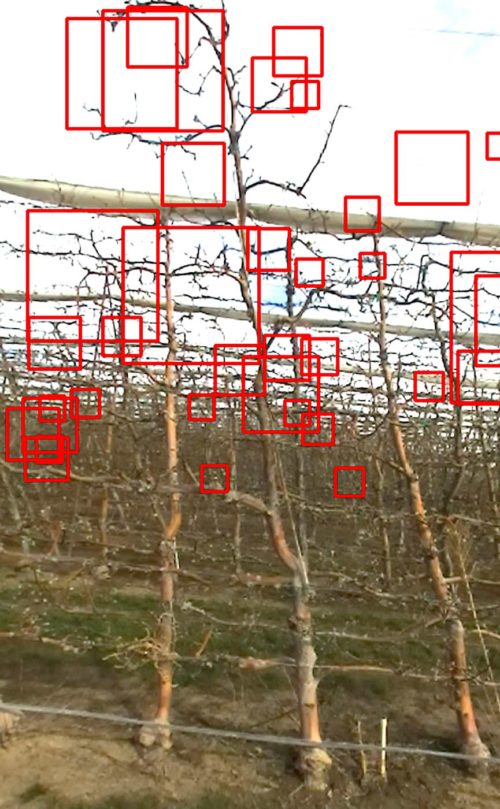While none of us have a crystal ball, especially in agriculture, I thought it might be fun to offer some thoughts / warnings of how this year might look for insect pests of vegetables. I predict* ……
- “Flea beetles will be rampant.” In the spring, adult flea beetles emerge from overwintering, and are already causing some problems in radish. We’ve been told by both local and regional sources that it’s going to be a hot and dry summer = flea beetles’ favorite weather. I suggest early and often scouting in brassica crops. Starting now, begin to scout weedy areas around fields. Once the crop emerges, or shortly after transplanting, focus efforts on field edges. It may be necessary to scout daily – yes, daily. Be aware that these insects are easily disturbed (they jump), sticky traps placed ~10″ off the ground can help assess activity – place them near edges. You’ll recognize the distinctive ‘pitting’ on cotyledons and true leaves. Check stems for signs of damage as well, just above the soil surface. For more information, see the flea beetle pest profile page.
- “Wireworms are a cryptic foe we should get to know.” They are a common problem in grass and potato production. Adult click beetles do not live for very long and do not cause damage. Larvae (wireworms), on the other hand, live for 2-6 years and damage can be extensive. Before planting, especially if you are coming out of a grass rotation, take my advice and place a few bait traps to assess larval activity. Instructions and more information is available at the wireworm pest profile page.
- “Every other year, cabbage loopers cause fear.” Ok, I admit, this one is just a stretch to fit the rhyme scheme. However, it is true that in the Willamette Valley, we have had major looper outbreaks in 2017 and 2019… so 2021 is a possibility. Trap count data will be available soon.
* PLEASE NOTE: these are merely educated guesses. In fact, part of the fun of monitoring insects is that they are truly so unpredictable!
STAY INFORMED – SUBSCRIBE to the newsletter







